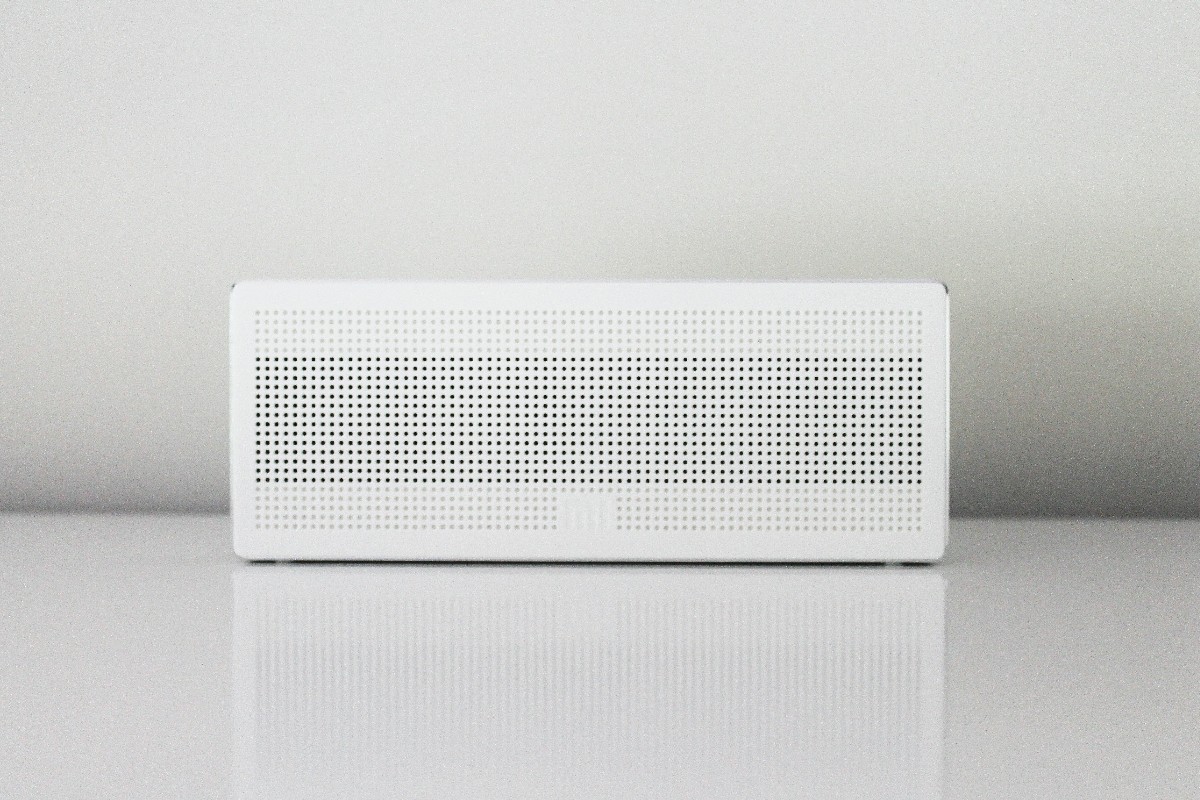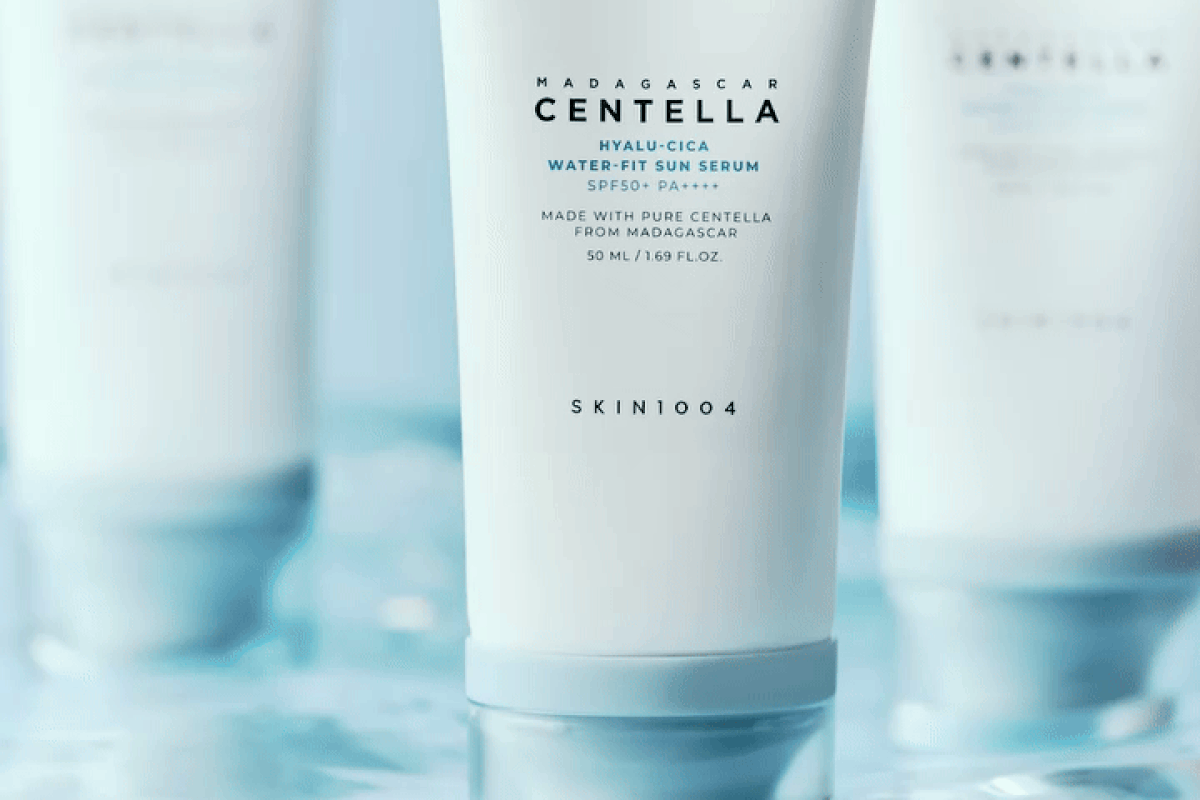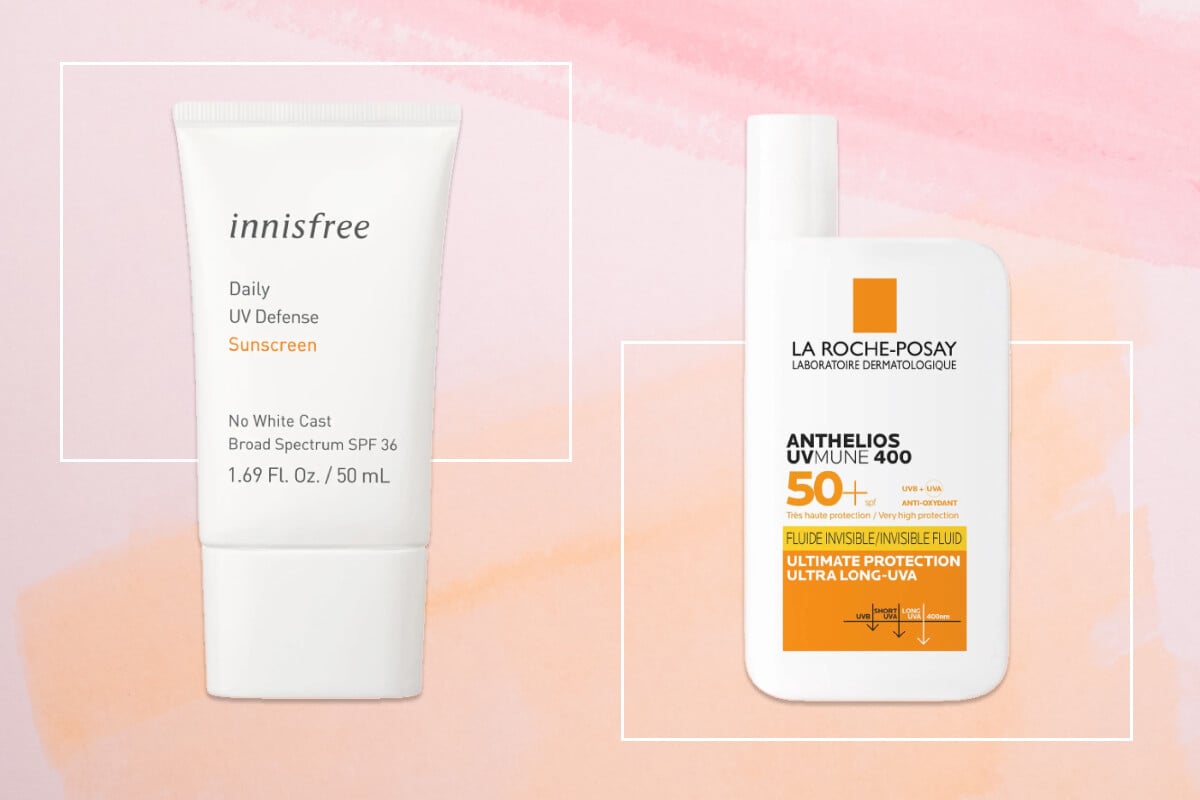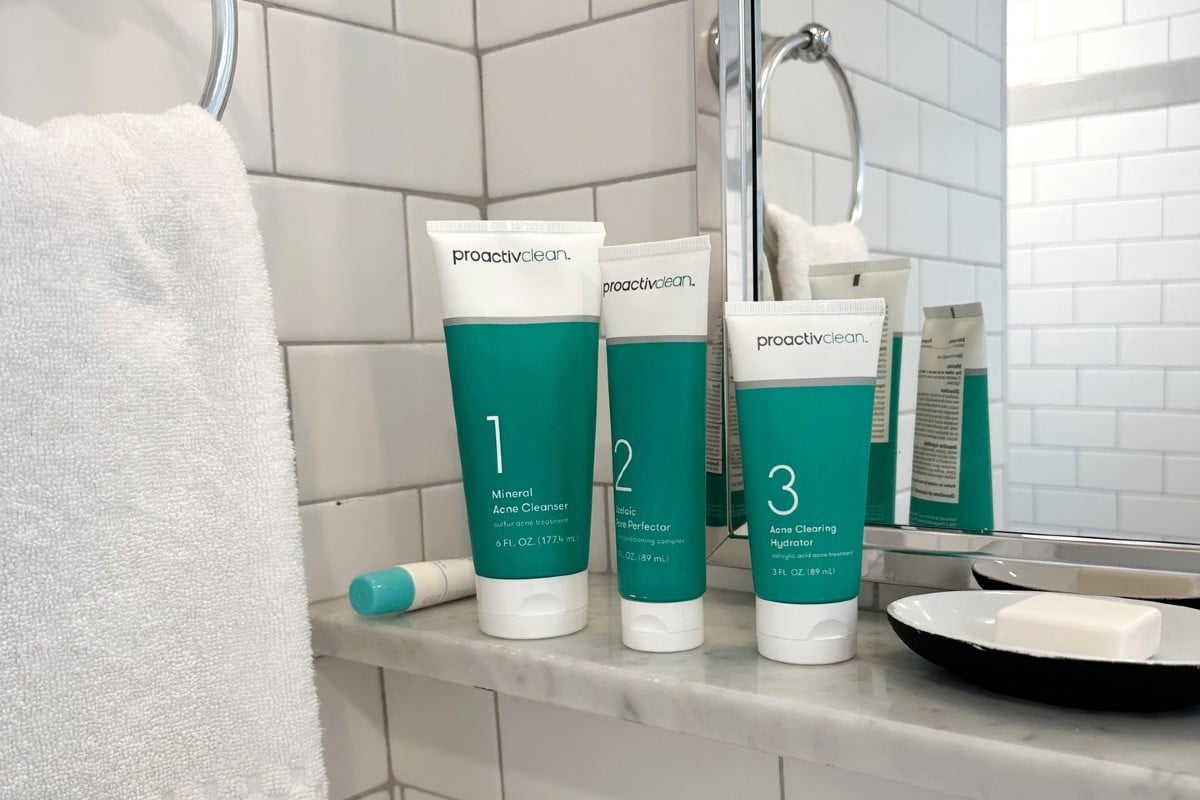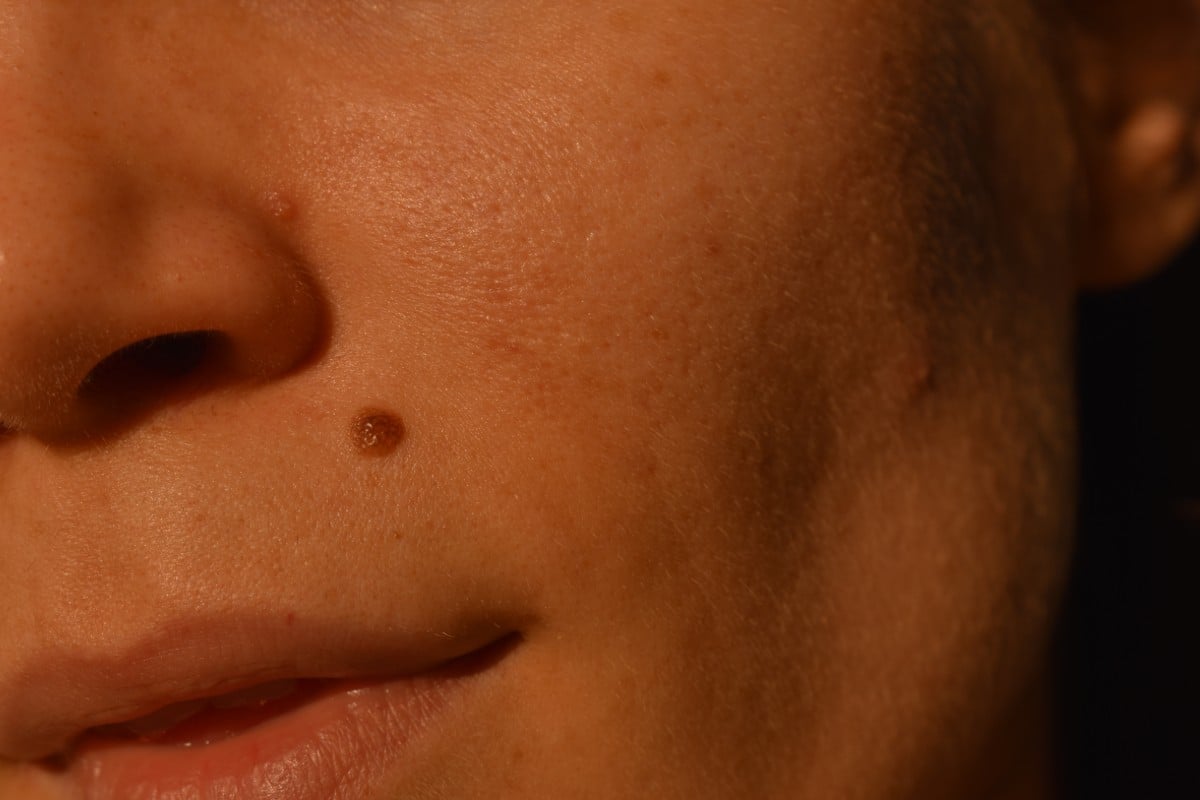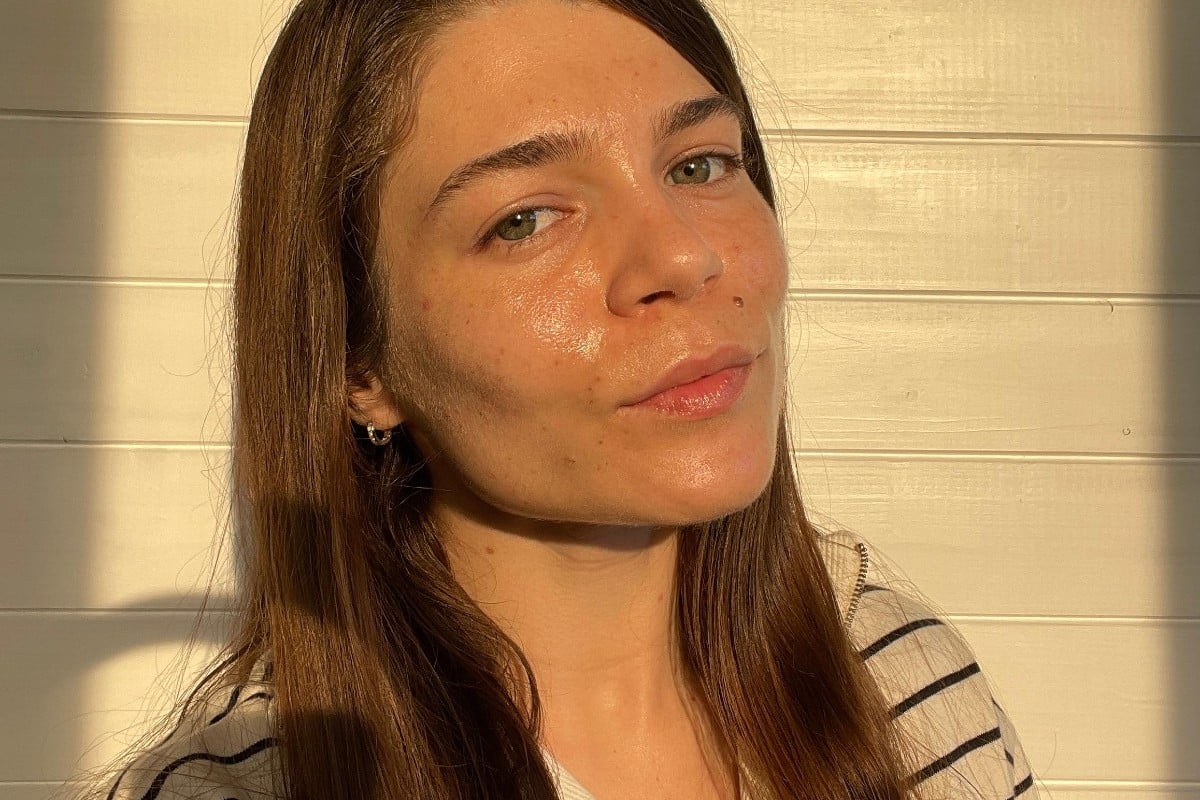With a few drops of sunscreen, you’re ready to go out in the sun, you feel safe, and it’s all good. But is this all? Have you ever wondered how effective sunscreen products are? Or how safe are they? While dermatologists advise sun-hungry people to apply sunscreen several times a day to minimize the risk of skin cancer or photoaging, toxicologists sound the alarm for it. Now, more than ever, we are more concerned about everything that comes in touch with our skin. And hell, yes! We’re cautious about sunscreens too! We’ve got all the rights to question the effectiveness and safety of sunscreens. So let’s do it.
Sunlight: vital and risk factor
After a dark winter and a cloudy spring, the longed-waited summer sun is like a balm for body, mind, and soul. We would love to soak up the energy-giver for hours and bathe in its warming rays. But as necessary as sunlight is for our general well-being, and especially for vitamin D production, prolonged exposure may lead to cell damage and skin cancer. It’s also known that exposure to UV rays can cause other health problems, including sunburn, premature aging of the skin, and eye issues.
We can distinguish two types of potentially damaging UV rays: UVA and UVB. While UVA rays have the least energy level, they can penetrate deeper and affect skin cells, causing long-term skin damage. On the other hand, UVB rays can only penetrate the top layer of the skin and may lead to sunburn, redness, and skin cancer. UVB rays also help activate vitamin D, which, in turn, is believed to protect our skin from excessive sun exposure.
Dermatologists recommend applying a cream, sun milk, or sun spray with a high sun protection factor (SPF) to absorb sufficient vitamin D from the sun with as little risk as possible. This rule applies to all skin types. But this is where the insanity of the sun protection discussion takes its course.
Sunscreens: no protection against carcinogenic UVA rays
Since the beginning of the marketing of sun protection products, the skin cancer rate has been increasing. How can this be possible? Although UVB rays are the main cause, UVA rays are also believed to play a role in skin cancers. UVA rays penetrate the skin tissue deeper and generate free radicals that can damage DNA and skin cells. This is really bad news because EWG confirms that many sunscreens don’t provide adequate protection against potentially carcinogenic UVA rays. In fact, there is currently no consensus for measuring UVA protection, as SPF is primarily a measure of UVB absorption.
While manufacturers have been marketing sunscreens with UVB blockers for decades and consumers feel safe, UVA rays cause long-term damage. For instance, the blood’s vitamin D level may drop by 99% because most sunscreens block UVB rays. Vitamin D deficiency, in turn, is said to promote certain types of cancer. Conventional sun creams and sprays are not only questionable in terms of their protection against UV radiation. Just as scandalous is the claim that certain ingredients of these “sunscreens” are themselves suspected of causing cancer!
Ingredients as potential carcinogens
Most commercially available sunscreen products contain harmful ingredients. This was the conclusion reached by the Sunscreen Guide published by the U.S. Environmental Working Group (EWG), which states that only 25% of the 800 products tested effectively protect the skin from UV damage and don’t contain potentially dangerous ingredients. According to the Sunscreen Guide, sunscreens that are free of oxybenzone and retinyl palmitate are considered safe. Both substances act as irritants, allergens, hormone disrupters, or carcinogens. Thus, toxicologists warn us about oxybenzone, as it can lead to cell damage and skin cancer. In addition, the UV filter substances titanium dioxide and zinc oxide are increasingly being targeted in the formulation of more effective sunscreens.
The risk from sunscreen, cell-damaging UV blockers
The EWG recommends sunscreens with titanium dioxide or zinc oxide because these physical UV-blockers, in contrast to chemical light filters, don’t penetrate the skin but remain at the surface, protecting it. However, recent studies give us ground to believe that these substances can disturb cell growth. The reason for the damage is said to be the nanoparticles contained in these sunscreens. The tiny particles, whose size is like a football to the earth, are said to break through the lipid barrier and penetrate the deep skin layers as well as the bloodstream.
Ian Illuminato of Friends of the Earth, an international coalition of environmental organizations, points to studies that show nanoparticulate titanium dioxide induces DNA damage and genetic instability. However, this has never been tested on humans, but on mice only.
In turn, nanoparticulate zinc oxide is suspected of killing intestinal cells and brain stem cells. Both substances appear to cross the placental barrier of pregnant women unhindered and pose a potential danger to babies’ evolution. Since 11 July 2013, nanoparticles have been contained in sunscreens without an adequate declaration. Now, the Cosmetics Regulation came into force, according to which nanoparticles on cosmetic products must be declared. The term “nano” must appear in brackets after the respective substance.
Zinc oxide: problematic for the DNA?
The zinc oxide often found in natural cosmetic sunscreens is said to trigger a chemical reaction when it comes into contact with UV radiation in which unstable molecules are formed. According to Dr. Yinfa Ma, head of the study, these free radicals form compounds with other molecules and attack the DNA. However, for the studies — which only took place in the test tube — not skin cells but lung cells were exposed to long-wave UV light. After three hours, half of the cells died, allegedly due to the reaction of zinc oxide with sunlight. After twelve hours, 90% of the cells were destroyed. This is not particularly surprising since lung cells would not, in the least, be made or suitable for being exposed to sunlight. Lung cells are located deep inside the organism — and not on the surface like skin cells.
Sunscreens containing zinc oxide from health food stores do NOT actually kill 90% of the skin cells. Professor Mas’s study also used nanoparticles smaller than 100 nm, not those recommended for healthy sunscreens, and much larger (over 330 nm). A healthy sunscreen also contains antioxidants, such as vitamin E, so that any free radicals that are formed can be eliminated right on the spot.
Moderate sunbathing — natural protection without risk
Sunlight activates the production of vital vitamin D and the happiness hormone, serotonin. So you cannot avoid the sun just because you are worried about sunscreens. No less serious than the health risks caused by too much sunlight is a vitamin D deficiency caused by too little sun. The lack of vitamin D is associated with cancer and autoimmune diseases, high blood pressure, cardiovascular diseases, and dementia.
Instead of frying in the summer sun for hours on end, just 10 to 15 minutes of direct sunlight on bare skin (without sunscreen) is enough to cover our daily vitamin D requirements without sunburn. If you are exposed to the sun for long periods, protect yourself with appropriate clothing such as hats with wide brims, especially at lunch and on hot summer days. When choosing sunscreen, the annually updated EWG recommendations can be helpful. We prefer natural products that mostly avoid chemical additives. You must also know that a sunscreen with SPF 50 completely blocks the useful, only latently harmful UVB rays, but not the most harmful UVA rays!
Read next: Asking a Derm: How Much SPF Do You Need In Your Sunscreen?

